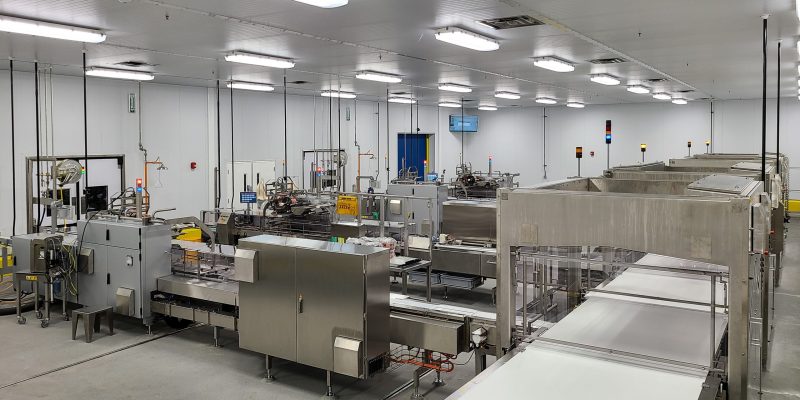Designing a food processing facility is about far more than creating an efficient production line. It’s about safeguarding public health, ensuring worker safety, and maintaining strict compliance with federal and international food safety standards. Every square foot must be planned with sanitation, traceability, and regulatory scrutiny in mind. That’s why this highly specialized sector demands architects who are deeply familiar with the food industry’s regulatory landscape.
Experienced teams, such as Stendel + Reich food processing plant architects, are well-versed in these complexities and tailor their designs to meet both operational needs and rigorous compliance requirements.
Here’s a breakdown of the key regulations and standards that food facility architects must navigate during the design process.
1. FDA Regulations (U.S. – Food Safety Modernization Act)
In the United States, the Food and Drug Administration (FDA) oversees food safety through the Food Safety Modernization Act (FSMA). FSMA requires:
- Preventive controls for food contamination
- Cross-contamination prevention through zoning
- Traceability for ingredients and finished products
- Proper facility layout to ensure cleanability and separation of raw and cooked areas
Architects must design for sanitary flow: from receiving to processing, packaging, and shipping, with barriers that minimize cross-contact risk.
2. USDA Guidelines (for Meat and Poultry Facilities)
For facilities processing meat, poultry, or eggs, the United States Department of Agriculture (USDA) sets separate facility standards:
- Dedicated inspection areas for USDA staff
- Sanitary walls, ceilings, and floors that can be cleaned frequently
- Handwashing stations and changing rooms for plant personnel
- Special layout designs for hazard analysis and critical control point (HACCP) compliance
USDA compliance requires very specific attention to finishes, equipment spacing, and visibility for oversight.
3. Canadian Food Inspection Agency (CFIA) Standards
In Canada, architects must follow Safe Food for Canadians Regulations (SFCR) enforced by the CFIA, which emphasize:
- Cleanability and structural integrity
- Proper separation of allergens and raw materials
- Hygienic air flow and ventilation systems
- Food-grade material use in walls, doors, and ceilings
Designs must support both food safety and traceability to meet CFIA audits and licensing requirements.
4. GMP and GFSI Certification Requirements
Most modern food plants aim to meet Good Manufacturing Practices (GMP) and achieve Global Food Safety Initiative (GFSI) certifications, such as:
- SQF (Safe Quality Food)
- BRCGS (Brand Reputation Compliance Global Standards)
- FSSC 22000
To support certification, architects must design:
- Pest-resistant facilities (no external gaps, sealed joints)
- Clearly segregated personnel flow (clean vs. dirty areas)
- Sanitary equipment access for maintenance without contamination
- Lighting and ventilation that meet specific lumen and airflow standards
These standards are often essential for gaining customer and retailer trust.
5. Building Codes and Local Zoning Laws
In addition to food safety regulations, architects must also navigate:
- Local building codes for fire safety, egress, and ventilation
- Occupational Safety and Health (OSHA) or provincial equivalents for worker safety
- Environmental permits for wastewater, emissions, and noise
- Zoning and land-use approvals for industrial operations
Coordination with municipal authorities ensures the project remains compliant with construction and occupancy laws.
6. Sanitation, Water, and Waste Management Systems
Water use and drainage design are critical in food plants. Architects must include:
- Sloped floors for efficient water runoff
- Curbed walls and trench drains in washdown areas
- Waste separation zones to avoid cross-contamination
- Closed-loop air handling to prevent mold or pathogen spread
These elements must be designed into the facility from day one—not added as retrofits.
Conclusion
Designing a food processing plant is a precise, code-driven task that blends industrial functionality with food safety and sanitation engineering. From FDA and CFIA regulations to global food safety certifications and local building codes, every decision must reinforce hygiene, efficiency, and traceability.














Comments